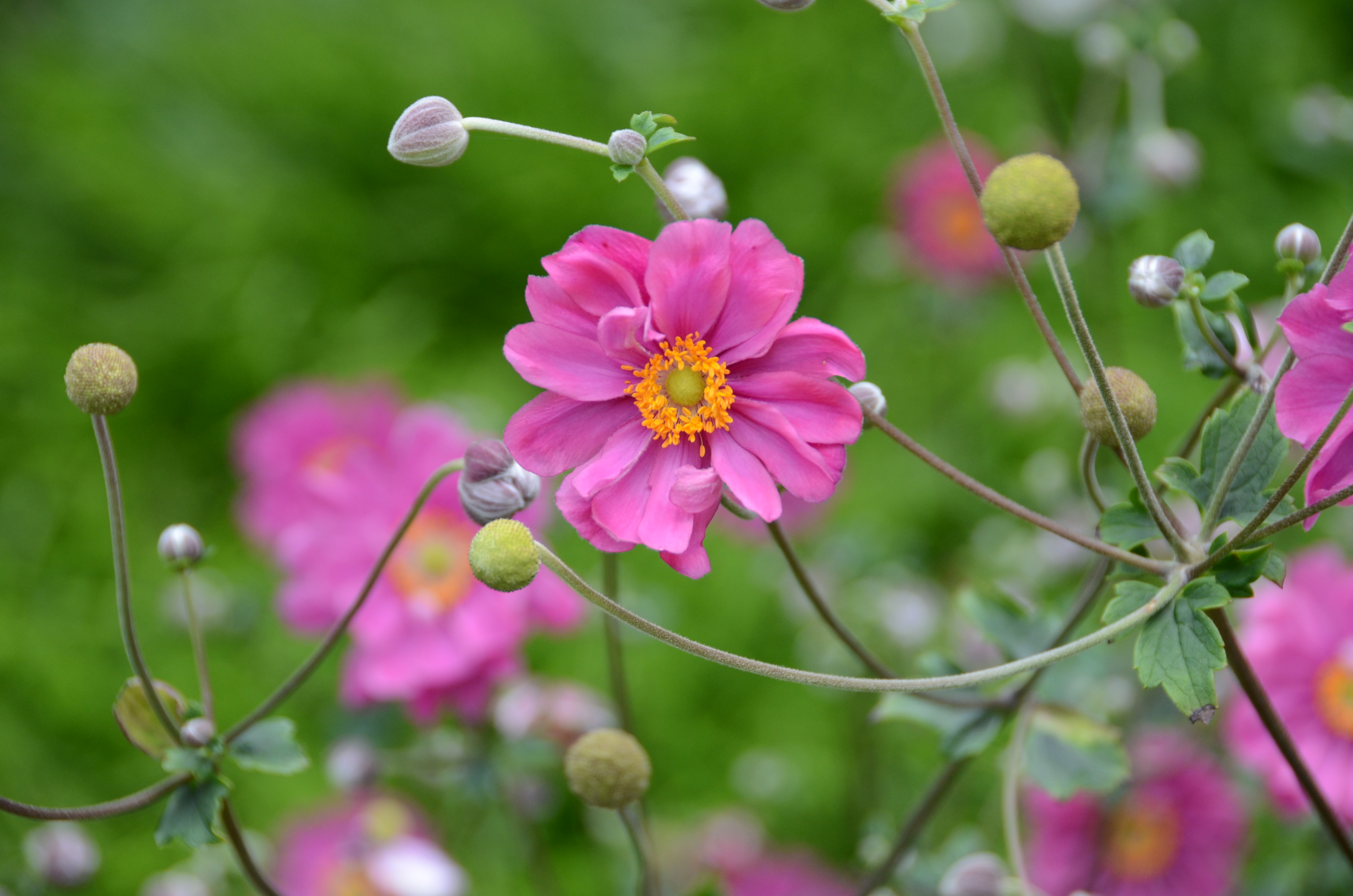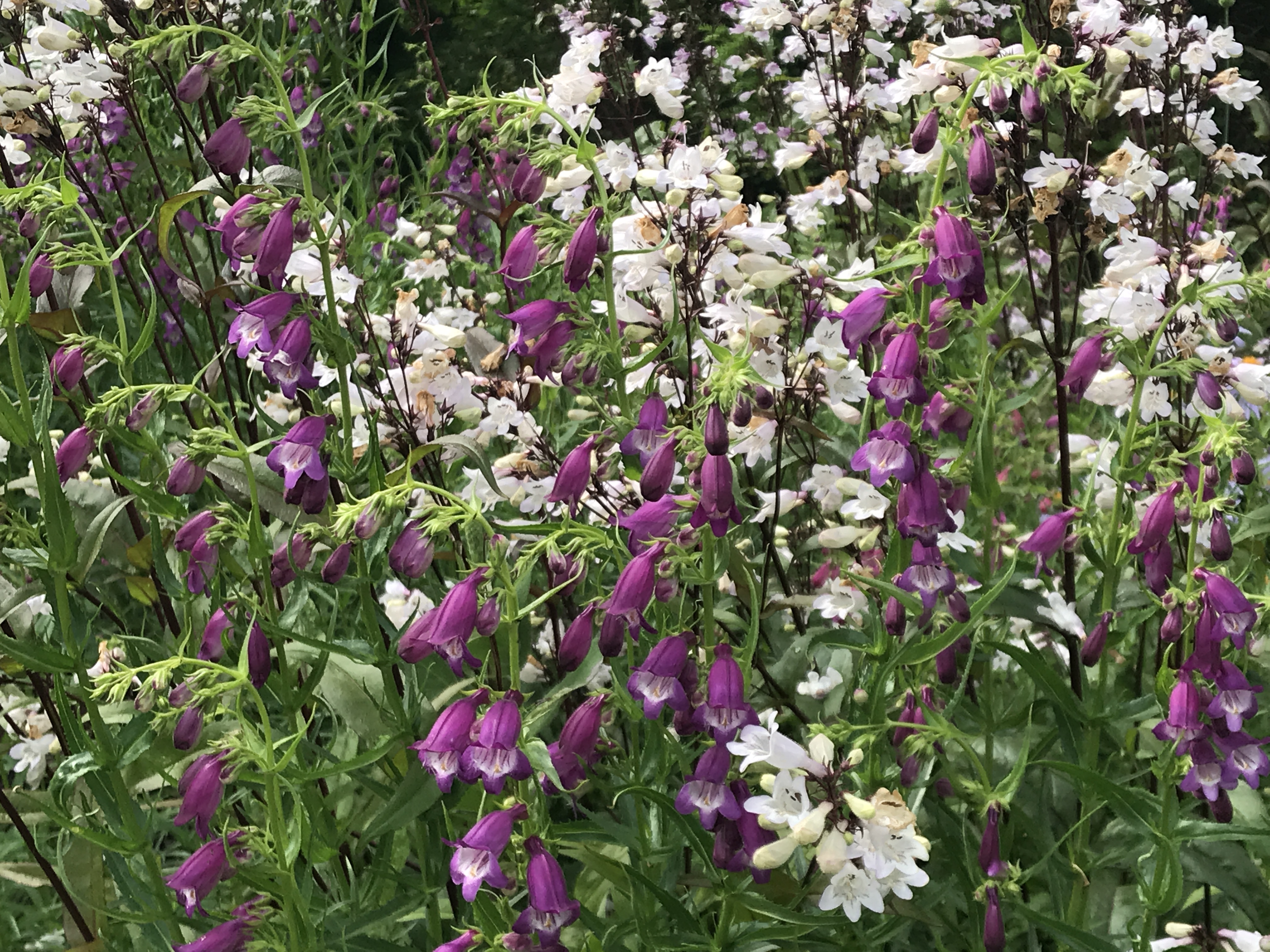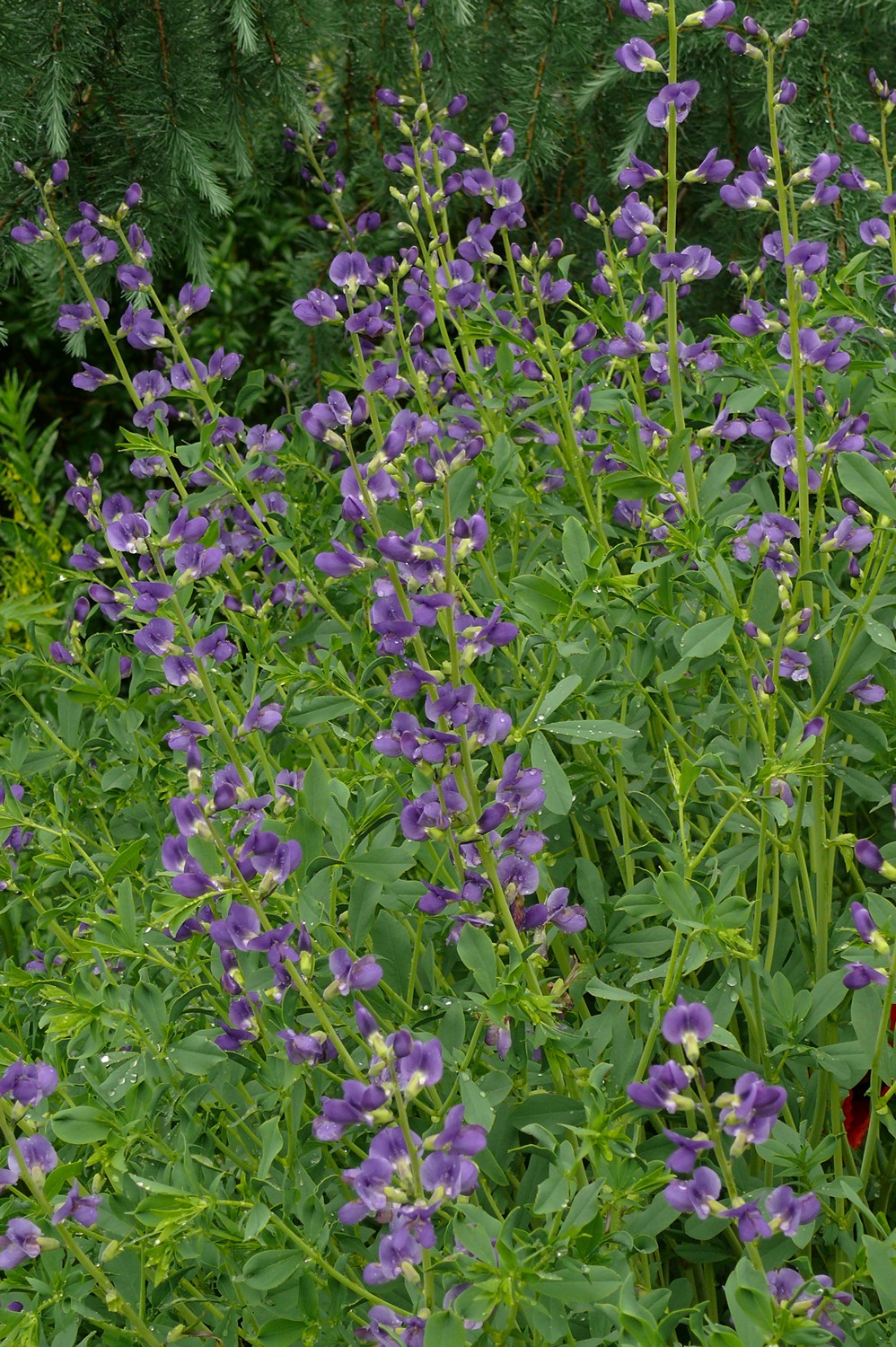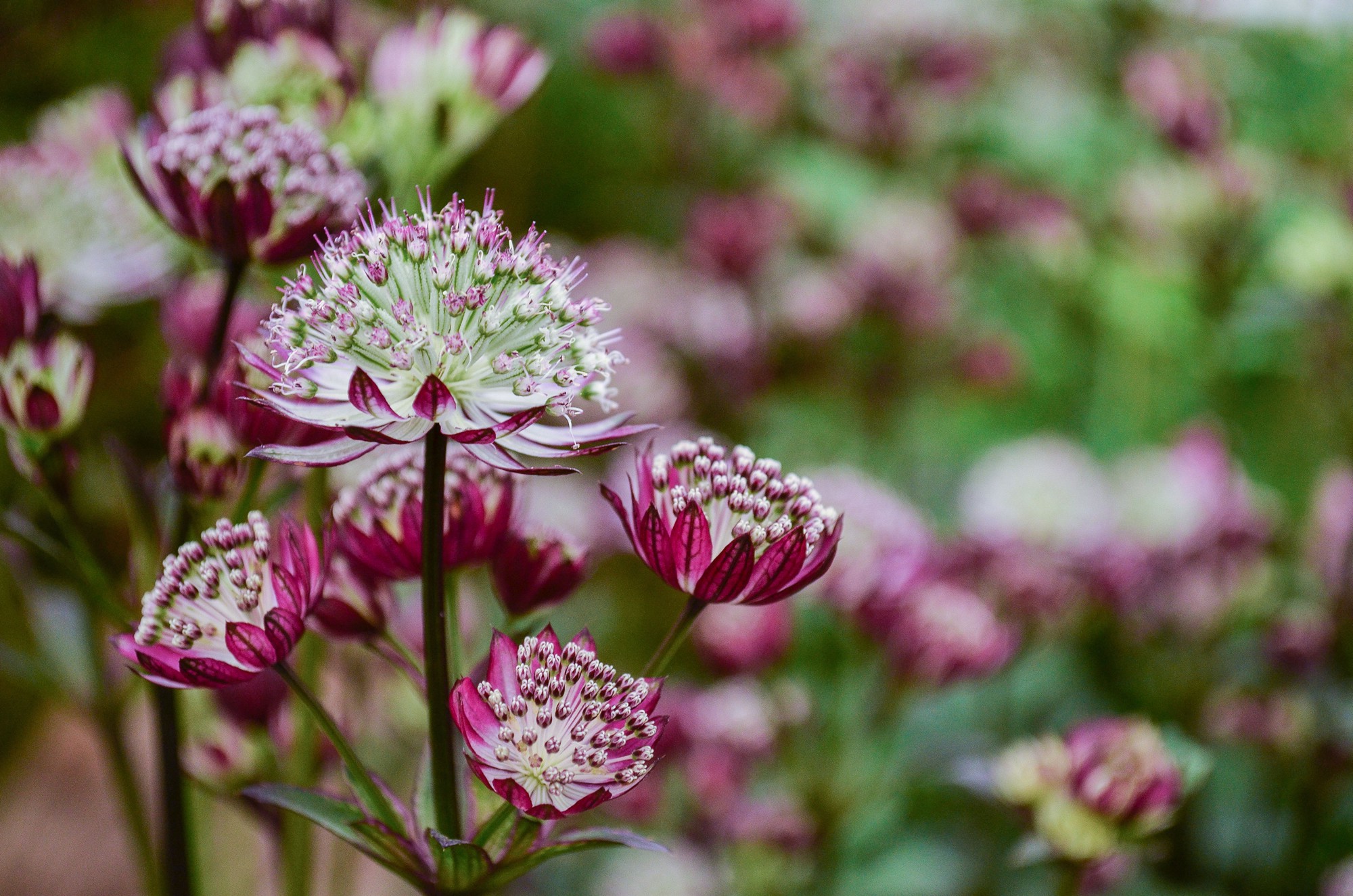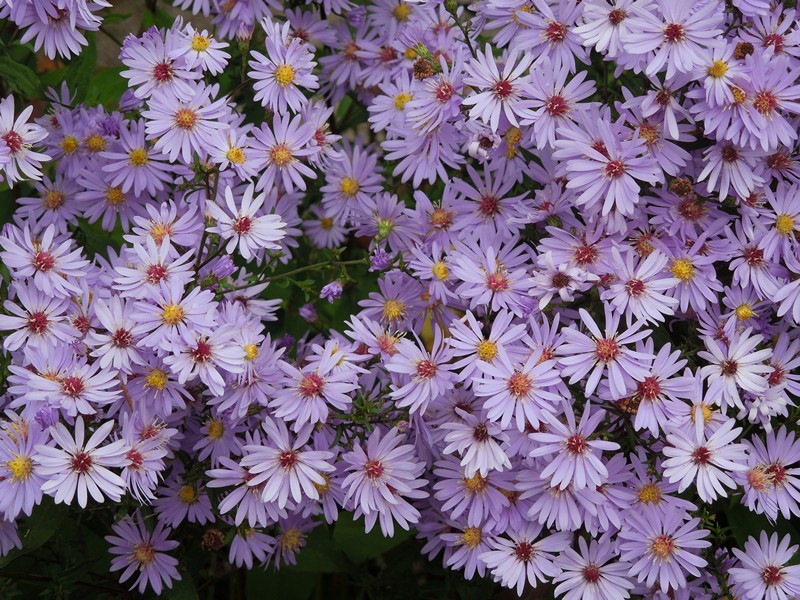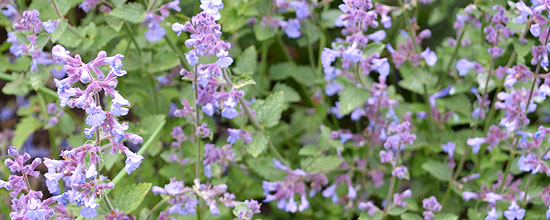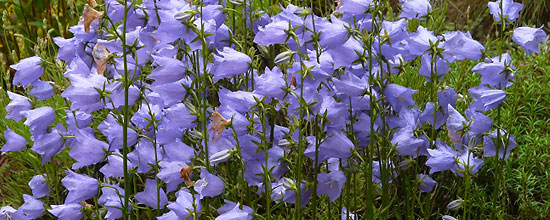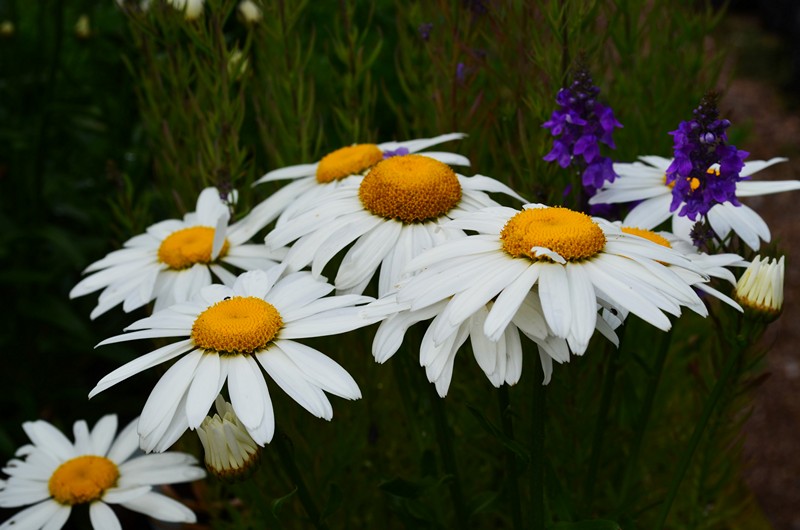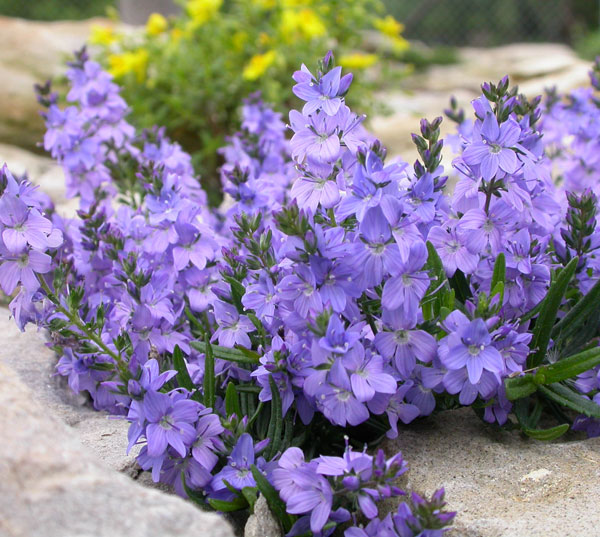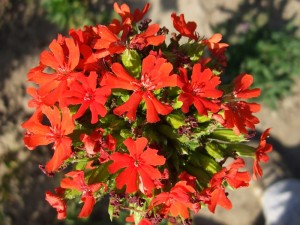Rod faucet not compared with other horticulturally exploited genera among the largest, includes only 30 (according to some authors 35) species. The number of species in the culture, however, high, for which he owes taps besides good appearance especially its modest.
It is surely the most famous tap Chalcedon (lychnis chalcedonica), People also burning love, whose fiery red flowers glowed already from the gardens of our grandmothers. Comes from southern Europe, range extends to Asia. plants 60 when 90 cm tall stems bloom in June and July, flowers are arranged in terminal typical multiflorous vidlanech. This classic perennial bed in addition to the beds also suitable for cut flowers. It propagates easily vegetative and generative. Most varieties can propagate seeds, that germinate quickly and reliably, vegetatively reproduce by dividing in early spring. In the gardens is the most widespread and well-known original red form, frequent but are also white and pink varieties. Z bílých odrůd se pěstují 'Rauhreif' a 'Alba', z růžově a lososově zbarvených 'Dusty Pink', 'Dusky Salmon', 'Apricot', 'Pink', 'Rosea' a 'Carnea' (differences between varieties are often subtle). Poměrně zřídkavá je v kultuře plnokvětá odrůda 'Plena', which accrete weakly and badly enough to multiply (only vegetatively).
Equally popular is the tap annular (L. coronary), interesting primarily for its drought resistance. Plants are gray tomentose, They grow to a height 50-70 cm, straight, sparsely branched stems carry a relatively large flowers. Kromě známého purpurovočerveného původního druhu se pěstuje také bíle kvetoucí 'Alba' a zajímavá dvoubarevná 'Oculata' with white flowers and small purple eye (After several years of sieving this variety often degenerates into pure white, Therefore it is advisable from time to time to renew sowing). This species belongs to the short-lived perennials, sometimes last only two years, the furrows are not routinely kept samovýsevem even in very dry conditions, so usually sufficient removal of older clumps digestion and possibly breakage denser samovýsevů. Used in groups on dry areas in full sun.
Withers Smolnická (L. viscaria, syn. viscaria vulgaris, Steris viscaria) – This common species, original also on our meadows, It grows wild across most of Europe and extends to the Caucasus and Siberia. Sometimes, more recently, classified in a separate genus Steris – smolnička. 30 when 70 cm tall plants have sticky nodes (of this title Smolnická). Plants bloom from late May to July, the best they thrive on dry sunny sites. Applied particularly in plantations natural character, They can also be used to cut. It is easily propagated by seeds and vegetatively – division. The most famous is a native species and varieties of flowers rich dark pink (e.g. 'Feuer'), range are also white varieties – 'Alba', 'Schnee' a plnokvěté – 'Plena'.
Withers Jovišův (L. flower-Thursday) It is native to southern Europe and parts of Central Europe. It grows only to a height 30-40 cm. Noticeably gray tomentose plants contrast nicely with relatively large pink flowers. Preferably modesty and compared to other taps long time Flowering – June-August. The disadvantage is the higher sensitivity – It does not tolerate the winter moisture and can sometimes vyhnívat. Easily propagated by seed.
In recent years gained significant popularity flowered hybrid taps derived from crosses of several species.
Lychnis × the ageana probably comes from crossbreeding L. fulgens a L. grandiflora our. sieboldii. Plants are high 40 when 70 cm, They have dark green leaves with purple tinge, which contrasts nicely with large, bright red, sometimes pink or white flowers. It belongs to krátkověkým trvalkám, nepřemnožuje However samovýsevem, it is necessary to pre-cultivated from seed. Z odrůd je nejznámější velkokvětá 'Molten Lava'.
Lychnis × arkwrightii a hybrid L. chalcedonica a L. × the ageana. Plants are lower, only 30-40 cm high, They can therefore also be used in addition to the beds in vessels. Zvláště oblíbený je ohnivě šarlatový velkokvětý kultivar 'Vesuvius'. It is also short-lived and reproduce with seeds.
The article was published on the website of the Association Czech perenářů courtesy magazine Zahrádkář.





